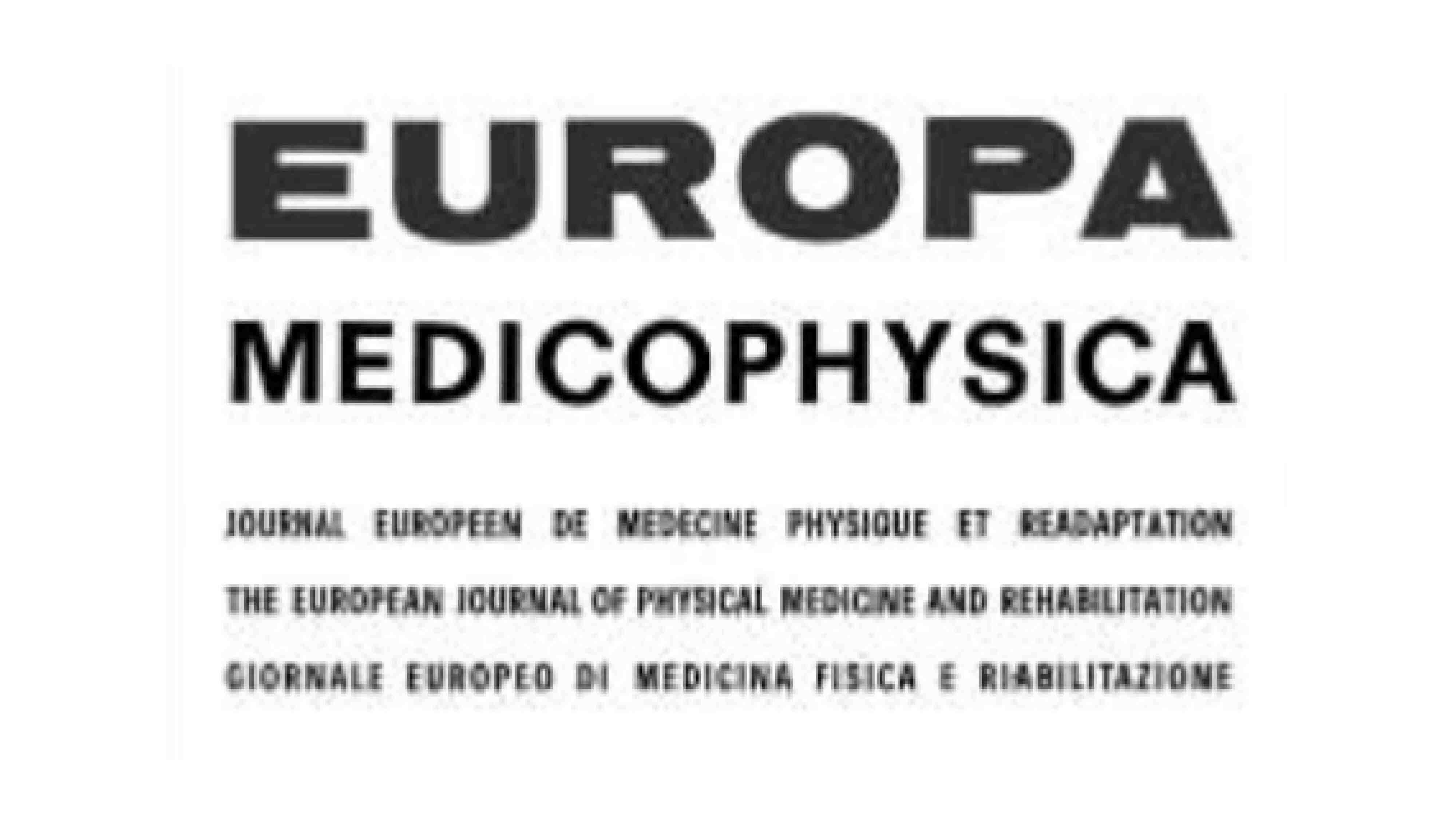
Virtual environment vs conventional physical therapy for arm motor rehabilitation after stroke: a RCT study – Europa MedicoPhysica
1 Gennaio 2008
Stroke is a widespread brain lesion that may … Virtual environment vs conventional physical therapy for arm motor rehabilitation after stroke: a RCT study – Europa MedicoPhysica
Stroke is a widespread brain lesion that may cause different degree of neurological impairments up to six hundred million people all around the world1 that weighs heavily upon the budget of the Health National Systems. At six months after stroke, the paretic upper limb remains without function in a percentage of stroke patients ranging from 30% to 66%2 with a perspective of reduced functional outcome. On the other hand, a small, but significant functional recovery could persist, in relation to a task oriented rehabilitation program, up to 2 years after stroke.3 From the above findings emerges the need of a late rehabilitation program for stroke patients that must be hopefully coupled with rehabilitative treatments based on neurophysiological learning mechanisms, proven to be advantageous in the normal subjects. In the post stroke rehabilitation, a new approach is nowadays represented by techniques as the arm ability training, the constrained-induced movement therapy, the electromyogram-triggered neuromuscular stimulation, the interactive robotic therapy and the virtual reality (VR) based rehabilitation.
The use of VR technology in neurorehabilitation derives from the research in the computational neuroscience about motor learning mechanisms; in this field the movement is studied as a phenomenon characterized by the cinematic and dynamic components. Todorov and colleagues reported the effectiveness of this application to improve systematically the motor learning process in health subjects. Consequently, the above methodology has been employed to stimulate the learning also in motor compromised people after stroke, showing an improvement both on the virtual and real tasks. The aim of this study was to compare a VR-based (Reinforced Feedback in Virtual Environment, RFVE) and traditional physical therapy technique (Conventional Therapy, CT) in the treatment of arm motor impairments in post-stroke patients.

